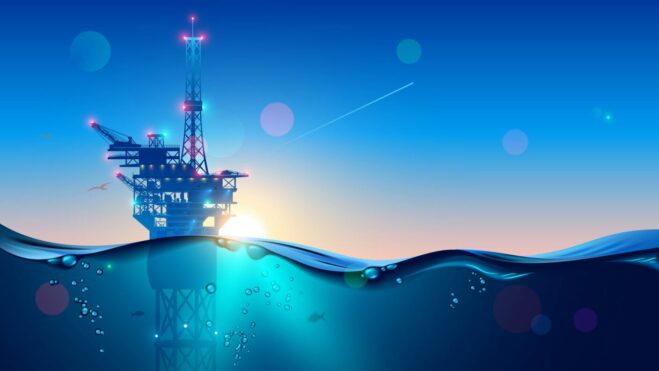

Complex networks of underwater infrastructure—such as pipelines and risers beneath offshore energy sites—are vulnerable to submarine landslides. (Credit: Getty Images)
Below ocean wind farms, oil rigs and other offshore installations are mammoth networks of underwater structures, including pipelines, anchors, risers and cables, that are essential to harness the energy source. But much like terrestrial structures, these subsea constructions are also vulnerable to natural events, like submarine landslides, that can hamper the productivity of installations below the sea.
Researchers at Texas A&M may now be able to accurately predict the occurrence of marine landslides using underwater site characterization data.
“One of the main events threatening onshore and offshore facilities is landslides: They can completely wipe out all these installations,” said Zenon Medina-Cetina, associate professor in the Department of Civil & Environmental Engineering. “We show in our paper that information from multiple disciplines in the correct sequence is needed to better understand the probability of landslide development at any place and time.”
The researchers published their work in the journal Landslides.
